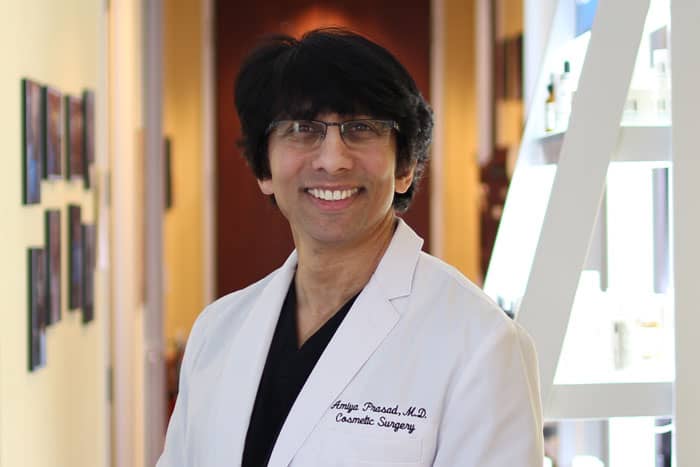Microneedling for Hair Loss: Does it Really Work?
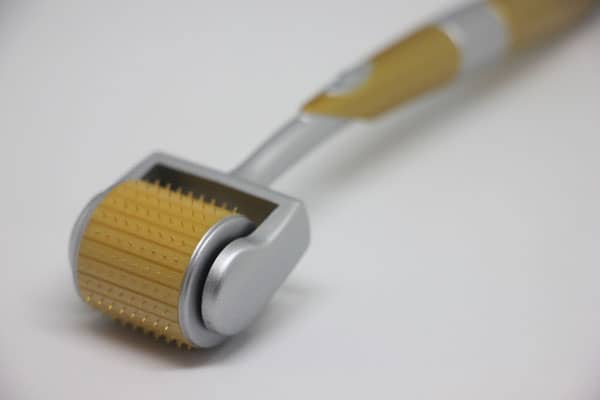
Microneedling, especially with the use of dermarollers at home, is commonly used by people trying to treat their hair loss. However, its popularity as a procedure does not mean it’s particularly effective, but rather because it’s easily accessible and can be done at home. I’ll explain what microneedling can do for pattern hair loss treatment and what it can’t do.
Since 2011, I have been treating patients from around the world with the TrichoStem Hair Regeneration treatment, which did include scalp microneedling on occasion. The principle behind microneedling, whether it’s for skin rejuvenation or for hair loss treatment, is to create a controlled injury to the skin to induce a healing response from the body.
For the skin, the body’s response to injury is to generate collagen for healing, as collagen is the protein that binds the skin, and gives it strength. When microneedling is done in the scalp, the expected response is for a renewed and healthier hair growth cycle, to stimulate hair growth, and for actively thinning hair to grow thicker.
Does Microneedling Actually Work for Hair Loss?
While the principle behind microneedling makes sense to induce collagen in the skin, it doesn’t work out as well for the scalp or for hair loss. Microneedling on its own can stimulate hair growth, but the growth is usually vellus hairs, which are fine hairs that don’t grow thick or long, and are barely visible, if visible at all. The kind of hair growth people expect is from terminal hairs which grow long and thick.
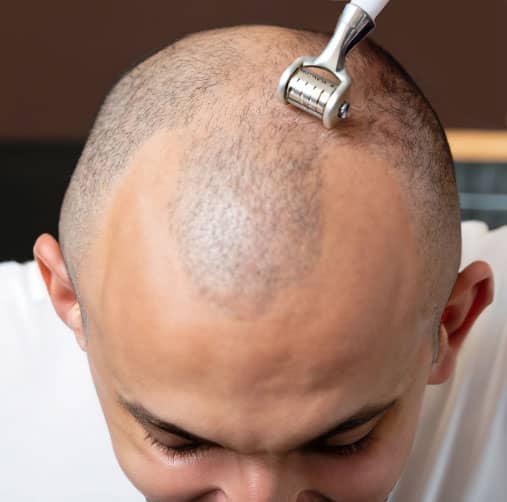
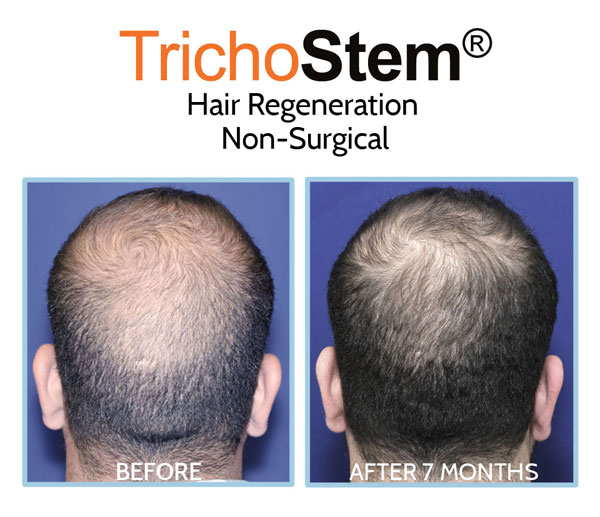
Hair growth stimulated by microneedling and its collagen response isn’t enough to stimulate terminal hair growth, or thicken progressively thinning hair due to pattern hair loss to provide significant scalp coverage.
Is Microneedling OK to Use at Home?
Microneedling done at home can potentially lead to actual injury when someone is not trained to do it. People using dermarollers aren’t trained in the use of microneedling, or dermarolling, so they can be too aggressive when performing the treatment on their own, using too many passes with the roller, and not giving the skin enough time to heal and generate collagen between sessions.
While most dermarollers don’t penetrate deeply enough to damage hair follicles, it can happen with overly intensive users.
Also, dermarollers are not the same as professional microneedling devices, which don’t roll, as the rolling action does unnecessarily stretch the microholes they create in the scalp skin. Also, the general tendency for people when not seeing the results they want is to be more aggressive with the treatment, which is more likely to work against them as they are just doing further damage to their scalp.
What Can You Use Instead of Microneedling?
While we do use something similar to a controlled injury model with our TrichoStem Hair Regeneration treatment, we go much further than just stimulating collagen.
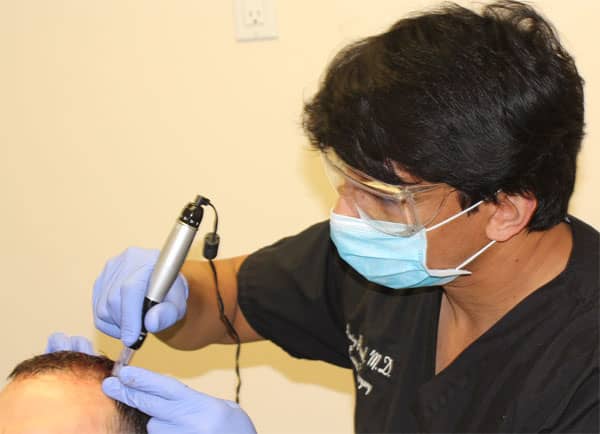
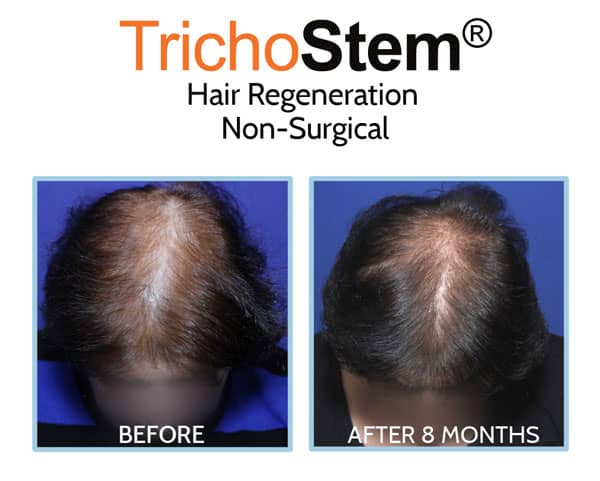
Our treatment uses two wound healing materials: platelet-rich plasma, or PRP, and extracellular matrix by ACell.
PRP on its own, when injected, does stimulate a collagen response from the body, as well as its own wound healing and growth factors, which works better than collagen stimulation alone in microneedling, but effects are still limited. PRP alone can stimulate hair growth, but it requires multiple treatment sessions to get results, if any.
The effects of PRP alone when successful are short-term hair growth, but results don’t last long-term. Our PRP combination treatment with extracellular matrix by ACell being the main ingredient, can consistently thicken thinning hair, and stimulate growth from dormant hair follicles that were previously not growing. Results of our TrichoStem Hair Regeneration treatment can last 3-5 years, with only 1-2 treatment sessions.
Extracellular matrix is an advanced wound healing material that’s been used for the regrowth of bone, skin, and muscle tissue, so it’s healing properties go far beyond than just stimulating collagen like microneedling, and when formulated by us requires fewer treatment sessions, has better results, and results last longer than just PRP alone.
The TrichoStem Hair Regeneration treatment also triggers the body to produce its own adult stem cells, which can renew a healthier growth cycle, so thinning hair grows back thicker and dormant hair follicles are growing hair again. The treatment doesn’t rely on just the needle penetrating the scalp to trigger collagen, or on PRP alone for hair growth stimulation, but on several factors for sustained benefit over 3-5 years or more, with minimal treatment sessions.
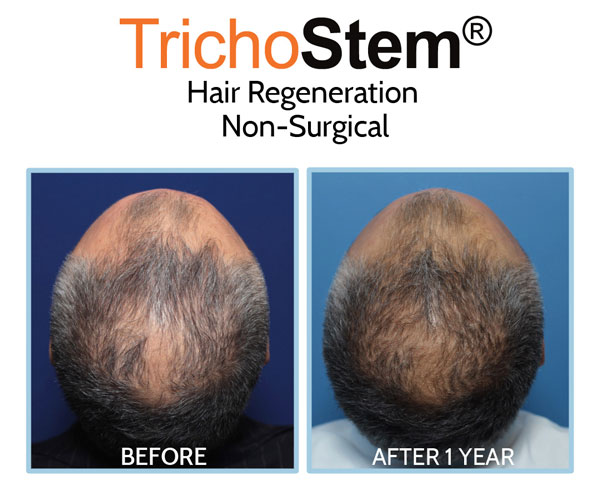
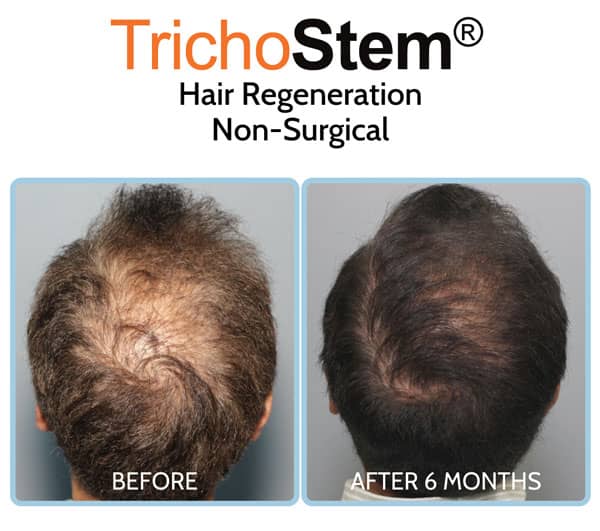
The second TrichoStem Hair Regeneration treatment is done 15–24 months after the first, so there is no need for constant injections of PRP alone, or more frequent scalp microneedling to stimulate minimal hair growth.
Both microneedling and TrichoStem Hair Regeneration do not block dihydrotestosterone (DHT), which is a major factor in male pattern hair loss. Our male TrichoStem Hair Regeneration patients with high DHT-sensitivity, which is most commonly younger men with early onset of pattern hair loss, are required to take a DHT-blocker like finasteride as part of their treatment plan. While TrichoStem Hair Regeneration has been proven to benefit men who didn’t take finasteride, results are better, and the benefits of the injection treatment last longer with a DHT-blocker.
Men who use microneedling to treat pattern hair loss are often doing so without a doctor’s supervision, as well as without the doctor’s prescription for a DHT-blocker.
Also, men who use dermarollers themselves are often avoiding drugs like finasteride out of fear of overly publicized sexual side effects, which in reality are very rare and only occur in about 2% of men using the drug. In my experience prescribing finasteride since 1993, very few of my patients had side effects, and none of them had them permanently.
Is Microneedling Better than Minoxidil?
The topical drug minoxidil, which is used by both men and women and sometimes used alongside microneedling, is not needed by our patients after the TrichoStem Hair Regeneration treatment. While some people use scalp microneedling to better absorb minoxidil, the drug already causes scalp irritation in a good number of users, so scalp microneedling can worsen the irritation.
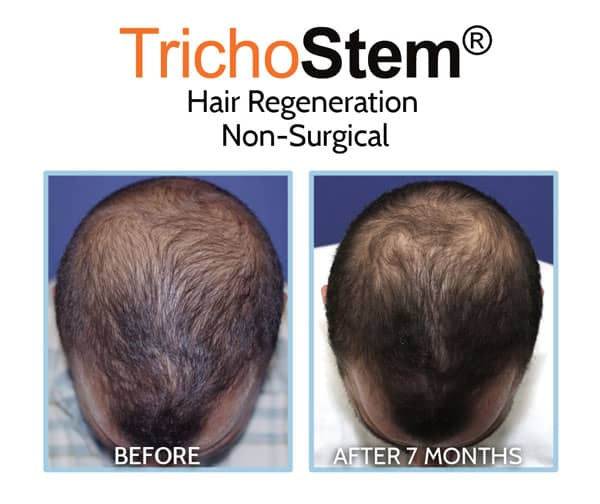
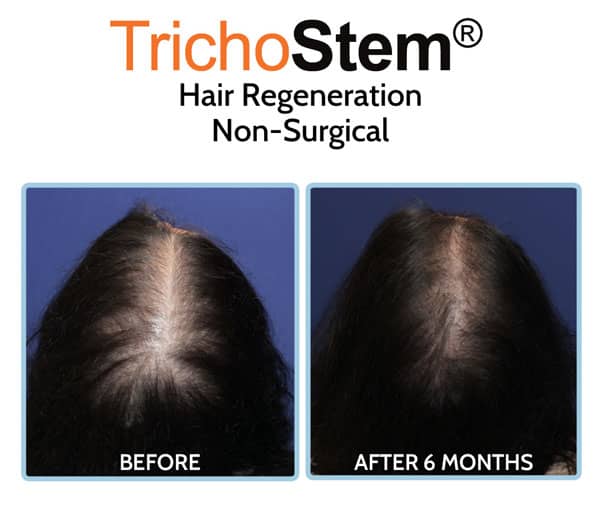
Minoxidil, with or without microneedling, tends to lose its effectiveness with time. Since minoxidil appears to delay the natural hair shedding cycle so more hair appears on the head, when users stop using it, a severe hair shed is common, and gains from using the drug can be easily lost.
Scalp microneedling is a minimally effective treatment for pattern hair loss, and when done without proper training can damage the skin and even hair follicles. There are more proven treatments to manage pattern hair loss, thicken thinning hair, and stimulate hair growth that are more predictable, convenient, and address the factors of pattern hair loss more directly. We have successfully managed pattern hair loss for male and female patients with our Trichostem Hair Regeneration treatment since 2011, which only requires 1-2 treatment sessions that last 3-5 years.
Hair Loss Treatment Manhattan NYC and Garden City, Long Island, New York
Dr. Amiya Prasad is a Board-certified cosmetic surgeon, and a Fellowship-trained oculofacial plastic surgeon. He’s been in medical practice for over 25 years, and has performed surgical hair transplants since he first started treating patients. He is also the founder of TrichoStem Hair Regeneration Centers, which uses a technology he developed to improve the results of surgical hair transplants. but has evolved into a standalone, non-surgical treatment for male and female pattern hair loss.
To schedule a consultation, fill up the form below, or contact any of our offices at (212) 265-8877 for Manhattan, (516) 742-4636 for Garden City Long Island, or (703) 356-1336 or (703) 821-2683 for Vienna, Virginia.

